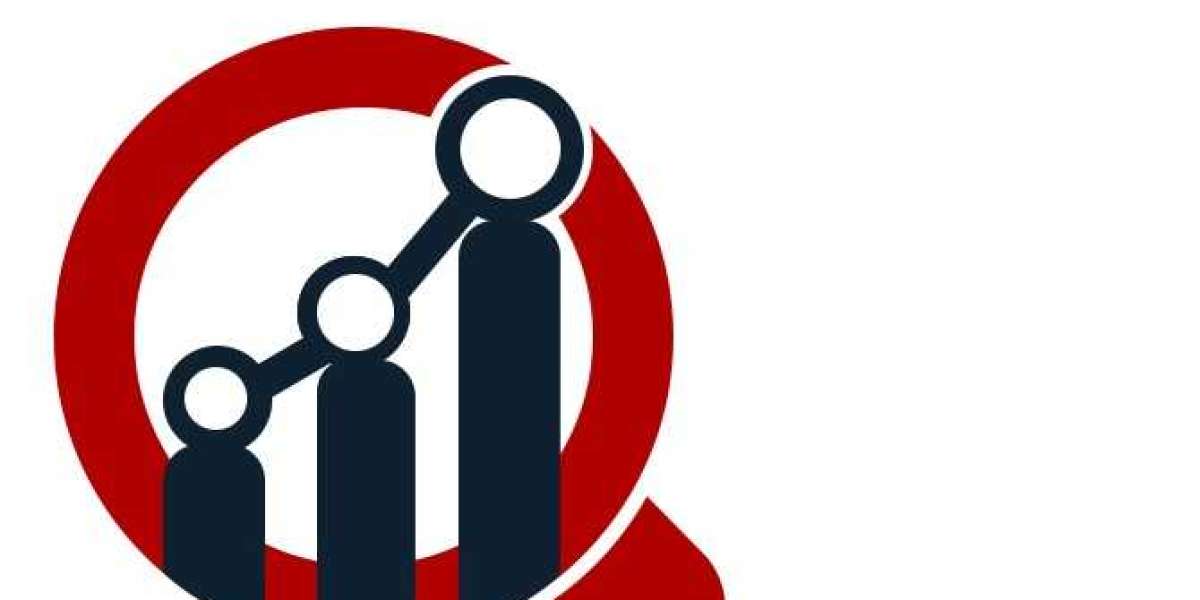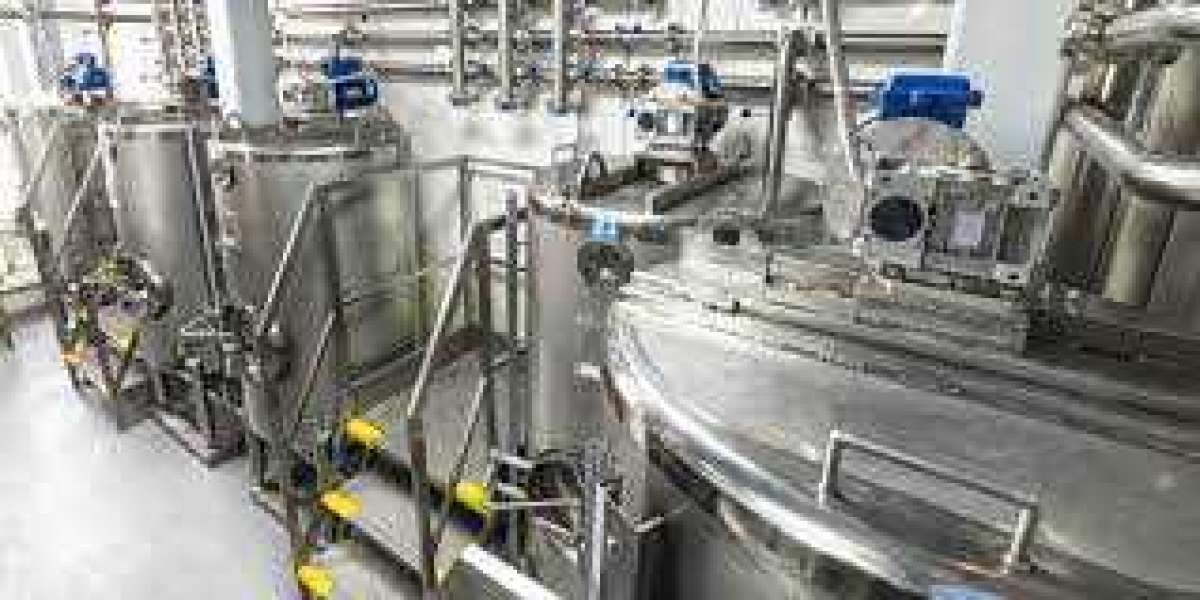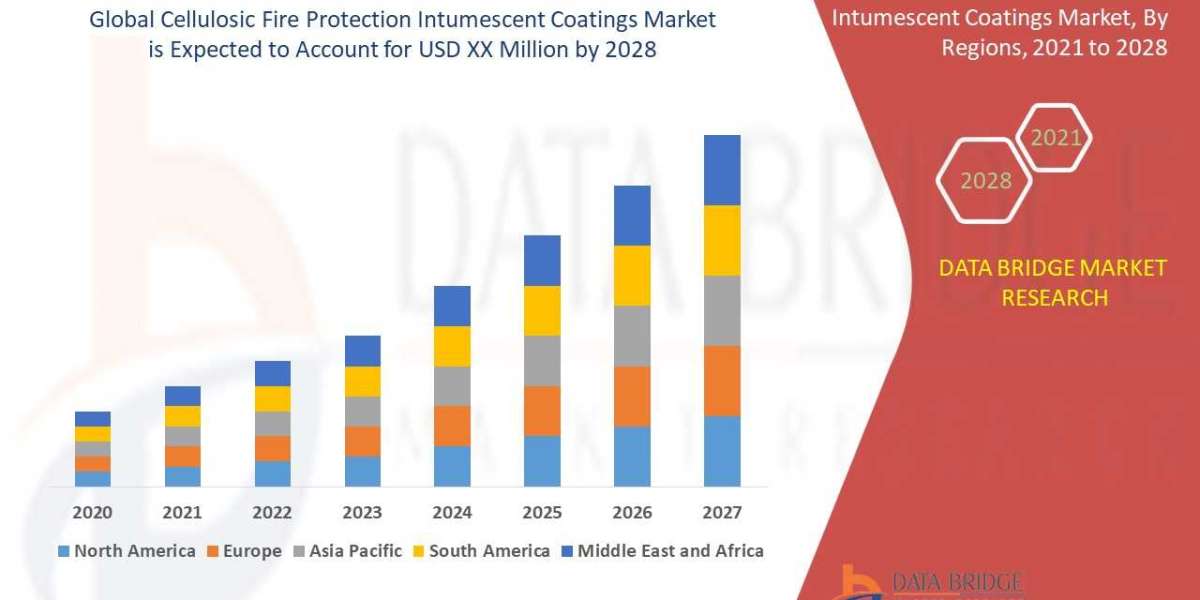In the realm of analytical chemistry, infrared (IR) spectroscopy has emerged as a powerful technique for the identification and characterization of various chemical compounds. It plays a pivotal role in a wide range of industries, including pharmaceuticals, food and beverages, environmental analysis, forensics, and materials science. The IR spectroscopy market has witnessed significant growth in recent years, driven by advancements in technology, increasing research and development activities, and the rising demand for reliable analytical tools. This blog delves into the evolving landscape of the IR spectroscopy market, highlighting its key trends, applications, and future prospects.
Understanding IR Spectroscopy:
IR spectroscopy involves the interaction of infrared radiation with matter to obtain valuable information about the chemical composition and structure of a sample. By measuring the absorption and transmission of infrared light across different wavelengths, IR spectroscopy enables the identification of functional groups and chemical bonds present within a substance. It offers valuable insights into molecular vibrations, allowing scientists to analyze complex mixtures, quantify components, and elucidate unknown substances.
Key Applications of IR Spectroscopy:
- a) Pharmaceutical Industry: IR spectroscopy plays a critical role in pharmaceutical analysis, including drug discovery, formulation development, and quality control. It aids in identifying active pharmaceutical ingredients (APIs), monitoring drug stability, and detecting impurities or contaminants.
- b) Food and Beverage Industry: In food analysis, IR spectroscopy enables the identification and quantification of nutrients, detection of adulterants, and assessment of food quality and safety. It facilitates rapid and non-destructive analysis, making it a valuable tool for quality control and process monitoring.
- c) Environmental Analysis: IR spectroscopy helps analyze environmental samples to detect and quantify pollutants, assess water quality, and monitor air emissions. It aids in identifying organic and inorganic compounds, facilitating environmental monitoring and remediation efforts.
- d) Forensics and Criminal Investigations: IR spectroscopy is utilized in forensic laboratories for the identification of illicit substances, examination of trace evidence, and analysis of questioned documents. Its high sensitivity and specificity make it indispensable in criminal investigations.
- e) Materials Science: IR spectroscopy is widely employed in the analysis of polymers, composites, coatings, and other materials. It provides insights into the chemical structure, composition, and functional groups present, aiding in material characterization and quality control.
Market Trends and Growth Factors:
- a) Technological Advancements: The IR spectroscopy market has witnessed continuous advancements in instrumentation, such as Fourier-transform infrared (FTIR) spectrometers, portable and handheld devices, and hyphenated techniques like IR microscopy and imaging. These advancements have improved sensitivity, resolution, and ease of use, expanding the application areas of IR spectroscopy.
- b) Increasing RD Activities: The ongoing research and development activities aimed at enhancing the capabilities of IR spectroscopy have fueled market growth. The development of novel sampling techniques, data analysis algorithms, and miniaturized devices has opened up new avenues for the technology.
- c) Stringent Regulations: Regulatory bodies across industries have mandated the use of analytical techniques like IR spectroscopy for quality control, safety assessments, and compliance purposes. This has contributed to the market growth, as companies seek reliable and efficient analytical solutions to meet regulatory requirements.
Future Opportunities:
- a) Emerging Markets: The adoption of IR spectroscopy is expected to increase in emerging markets, driven by growing industrialization, rising environmental concerns, and expanding healthcare sectors. The demand for accurate and rapid analytical tools in these regions presents significant growth opportunities for IR spectroscopy manufacturers.
- b) Integration with Artificial Intelligence: The integration of IR spectroscopy with artificial intelligence and machine learning algorithms is expected to revolutionize data analysis and interpretation. This integration can enhance the speed and accuracy of analysis, enabling real-time decision-making and automated processes.
- c) Miniaturization and Portability: The development of compact, portable, and handheld IR spectroscopy devices allows for on-site analysis, field applications, and point-of-care testing. The demand for portable devices is likely to increase, particularly in industries where real-time analysis and instant results are crucial.
Conclusion:
The IR spectroscopy market continues to expand as the demand for accurate and efficient analytical techniques grows across various industries. With technological advancements, increasing RD activities, and stringent regulatory requirements, IR spectroscopy has become a vital tool in research, manufacturing, and quality control processes. The future of the market looks promising, driven by emerging markets, integration with AI, and the development of portable devices. As the capabilities of IR spectroscopy continue to evolve, it will play a pivotal role in advancing scientific understanding and driving innovation across multiple sectors.
Order a free sample PDF of IR Spectroscopy Market Research Intelligence Study, published by Market Research Future.







